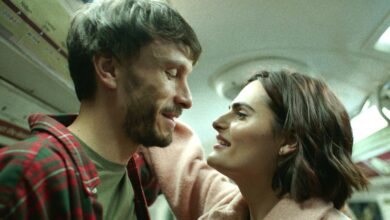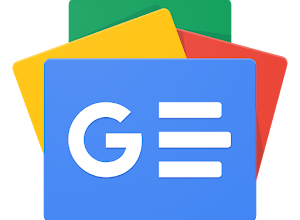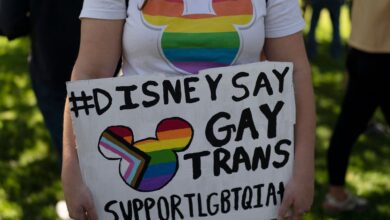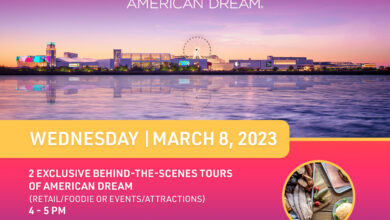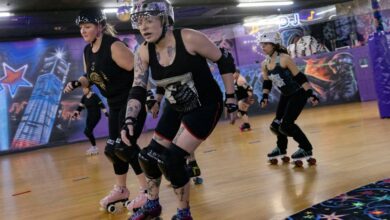Chappell Roan’s Music Helped Me Express My Bisexuality
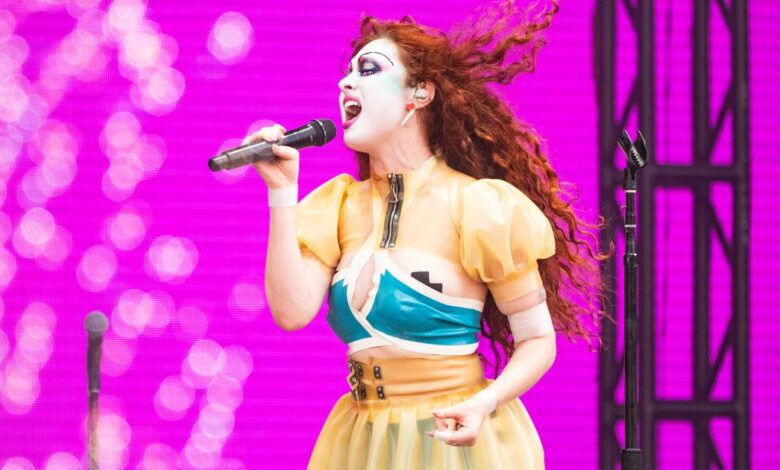
Sitting in a dusty field surrounded by inebriated, sunburned festivalgoers dancing in thong bikinis and assless denim chaps to “Temperature” by Sean Paul, I confessed my crush.
It didn’t happen as I had planned. My stomach was swirling, and the loud music was distracting. I dropped my water bottle to hide my shaking hands. More importantly, I was 31, not 14. I was nearly two decades too late.
Frances was an old high school friend. We lost touch a few years after college, and reconnected virtually over a shared love of pop star Chappell Roan’s rise to fame and our upcoming trip to the Bonnaroo Music and Arts Festival.
We caught up on years of history and past relationship woes, and everything spilled out of me at once. After years of dwelling on our short, intense friendship and not knowing if what I had felt then was all in my head, I couldn’t help myself.
“I had a huge crush on you,” I admitted to her, my breath catching at the last syllable. “I just didn’t realize it until a few years ago.”
I’m a cisgender woman married to a cisgender, heterosexual man. I only recently began explicitly acknowledging and exploring my bisexuality. Throughout my 20s, it was easier to ignore this side of myself and lean into my heteronormative identity … until it wasn’t anymore.
I grew up shy, Baptist and conservative in the suburbs of a midsize city in the Southeast. Teachers and church members told me not to dress in a way that would cause men to “stumble.” Well-meaning family told me I would make a wonderful wife and mother someday. The few out, gay men in my school were bullied and mocked. Bisexual women were sexualized.
It was safer and easier to accept my attraction to men and push down that part of me that kept asking, “Are you sure that’s it?”
And then there was Frances. She was brilliant, funny and several inches shorter than me. She always wore her hair in a ponytail, but I remember staring when she let her dark curls down.
I was painfully introverted and awkward, but I couldn’t stop laughing with her. She made me smile. She made me feel seen.
My conservative upbringing and desperate need to please kept me from thinking deeper, but I had never met someone like her before.
Looking back through old photos of us, I see the signs were there. In one Facebook photo captioned, “This woman made my day … literally,” my forehead gently touches the side of her head — close but not too close.
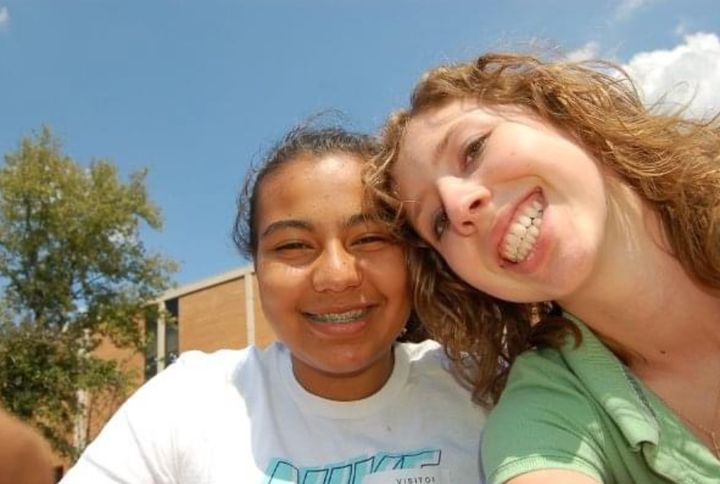
I vividly remember feeling heavy and sinking lower in my school’s auditorium seat when she told me she was moving to another school during our sophomore year. I didn’t want to go back to biology class without her.
I wrote her a going-away poem. She kept it. She drew me a picture. I kept it.
We lost touch but reconnected a couple of years after college. While having a beer, she asked me if I liked women. Feeling caught and unsure, I freaked out and blurted, “Maybe 10%?”
Even then, it felt like a lie.
Instead, I chose to be an LGBTQ+ ally — a really enthusiastic ally. I worked pride booths and fought with bigoted family members on social media. I cheered as friends embraced their queerness, never wanting to analyze why I kept a comfortable distance from queer women. I felt anxious and giddy around them, blushing whenever they told me I was pretty. I wrote it off as shyness.
Sure, I briefly tried to match with women on Bumble, but then I freaked out and deleted the app. I had crushes on people, and some of them were girls, but I convinced myself they were “girl crushes.”
I dated cisgender men exclusively. Had a series of difficult relationships that led to years of therapy, where I would casually toss in offhand comments about not knowing if I only wanted to date men. Not one therapist asked me to elaborate. I internalized this as external proof of my straightness. So what if I secretly Googled, “How do you know if you’re not straight?”
It suddenly started to hurt not to talk about it, but I had no vocabulary to communicate what I was going through. I felt like an impostor. I didn’t feel like I had earned the right to this identity. I hadn’t dated a woman or been brave enough to tell one how I felt.
As Jen Winston writes in “Greedy: Notes From a Bisexual Who Wants Too Much,” culture taught me that “bisexuality was something you do, rather than something you are. And since I hadn’t ‘done it’ yet, I figured I was straight.”
So, I let queer artists sing the words I could not bring myself to say aloud.
I was a freelance music writer when “Strangers” by Halsey featuring Lauren Jauregui came out. I remember listening to and writing about two queer women singing about having the “same damn hunger to be touched, to be loved, to feel anything at all.”
My love of Phoebe Bridgers and self-ascribed “sad girl music” led me to fall in love with Lucy Dacus performing at an Atlanta music festival, which led to my all-encompassing crush on Julien Baker. In their supergroup, Boygenius, they sing, “I don’t know why I am, the way I am, not strong enough to be your man.” Why couldn’t I — wouldn’t I — be honest with myself? What was I afraid of?
It seemed like overnight my playlists became full of predominantly queer artists.
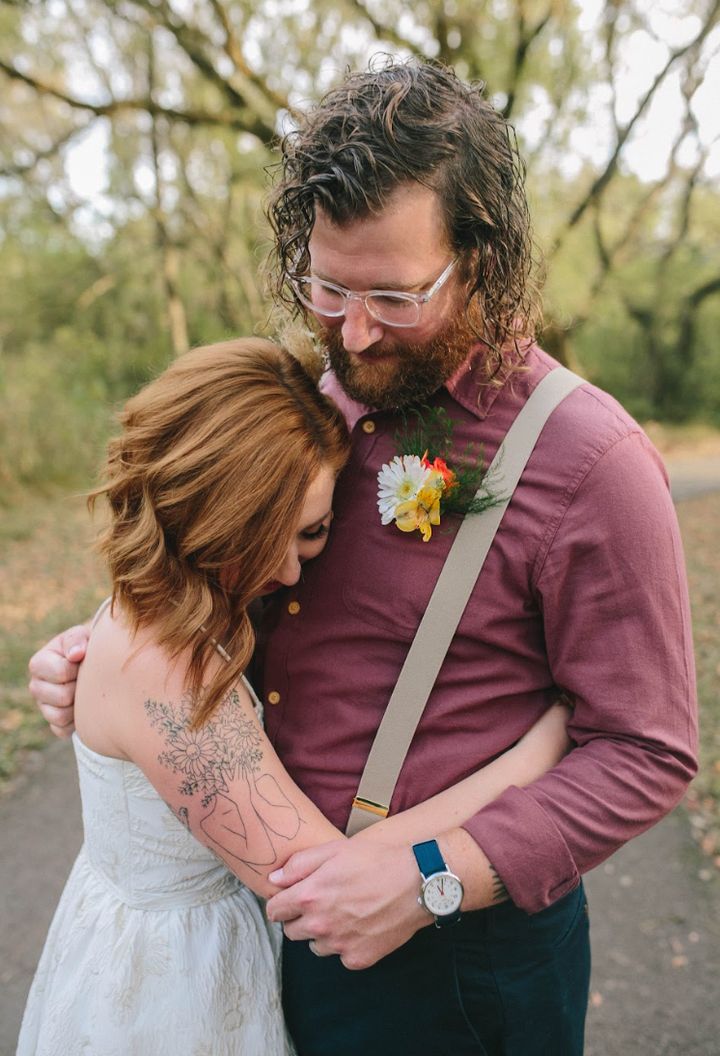
Last year, while watching Muna perform live, lead singer Katie Gavin thanked all her “baby gays” in the audience.
I’m too old to be a baby gay, I thought.
But in “What I Want,” Gavin comforted me, making me feel less alone, singing, “I’ve spent way too, too, too many years not knowing what, what I wanted, how to get it, how to live it.”
I sang along, “My hands are shaking, it’s psychosomatic, that’s how bad I want what I want.”
And then came Chappell Roan.
Once I heard “Pink Pony Club” in a friend’s car, I was mesmerized.
Her unapologetic embrace of her queerness flies in the face of rising anti-LGBTQ+ legislation and conservative sentiment across the country.
Her adoration of drag queens and her camp aesthetic is a breath of fresh air, especially as I live in Tennessee, where our Republican-dominated legislature successfully pushed forward anti-drag legislation and an appeals court just dismissed a lawsuit challenging the ban.
Knowing that Chappell wrote powerful sapphic anthems like “Naked in Manhattan” and “Red Wine Supernova” before ever kissing a girl and while in a relationship with a man gave me a flicker of hope.
But it was Chappell’s hit “Good Luck, Babe!” that became the wake-up call I didn’t know I needed.
When she screamed, “You know I hate to say, but I told you so,” I felt it in my gut. She was talking to my 14-year-old self, who was merely “really, really good friends” with Frances. Or the scared 24-year-old not willing to admit to herself why she was swiping right on women on the dating apps. Or the woman who insisted that sexuality was a spectrum but would not admit she was anywhere to the right of straight.
My feelings started spilling out of me all at once, like a mug too full of scalding tea. I started reading self-help queer books, bought a pride top, began mentioning my sexual identity in conversations with close friends and talked about how I was feeling with my partner.
No one was surprised — least of all my husband. Over spicy Sichuan noodles, I casually dropped, “I think I like more than just men.”
“Well, yeah,” he said, not missing a beat as he sipped his beer. “You talk about how attractive women are all the time.”
He and others already knew what I was not brave enough to admit out loud. It was not a surprise. I was relieved and conflicted. I thought I wanted celebrations or shock, but that wasn’t what I needed.
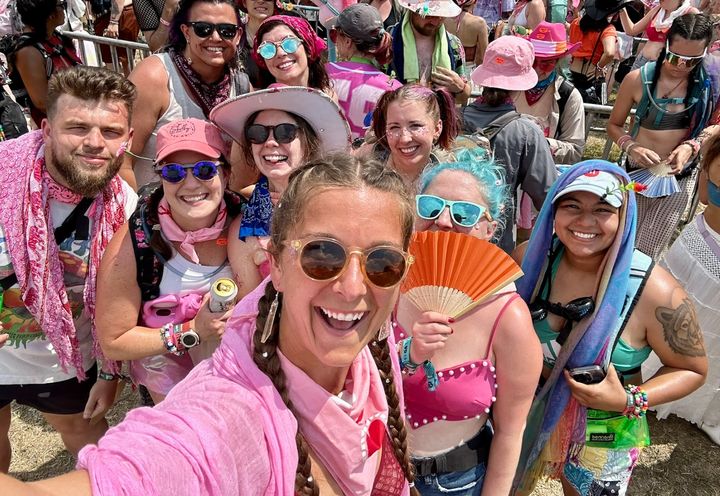
It took me years to give voice to my internal monologue. Sure, I’m a “bisexual late bloomer,” but I also came out exactly when it was best for me. And I credit the final push I needed — and wanted — to Chappell.
Today, I feel unevenly split in two. My heterosexual side feels mature and road-tested, while my queer identity is in its infancy. I’ve kept it hidden for so long that I feel like I’m learning to walk again — hesitantly at first, but more confidently with each step.
I’m finally seeking out queer community (and a Chappell Roan drag show or two) and having conversations with my husband about what my acknowledged bisexuality means for our straight-presenting relationship.
The truth is, I could live the rest of my life without ever kissing a woman and still be queer. Loving and being with a man does not negate or lessen my bisexuality. I also empathize with late bloomers like myself who are having discussions about monogamy, openness and everything in between. I don’t feel the need to have everything figured out yet. I’m figuring out who I am and I’m excited about the possibilities and everything I’m discovering.
So, a few weeks ago, when I ran into Frances at a music festival on a farm in Tennessee, I was finally ready to admit what I should have shared a decade and a half earlier. And, more importantly, I was ready to hear and embrace her response: “I had a crush on you, too.”
Abby Hassler is a writer, creative director and English language teacher based in East Tennessee. In addition to writing and teaching, Abby is creating a forthcoming podcast, “Love, Your Neighbor.” She holds a Master of Arts in English, focusing on rhetoric, writing and linguistics. Follow her journey and connect with her on Instagram at @abbyhassler.
Do you have a compelling personal story you’d like to see published on HuffPost? Find out what we’re looking for here and send us a pitch at pitch@huffpost.com.

